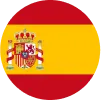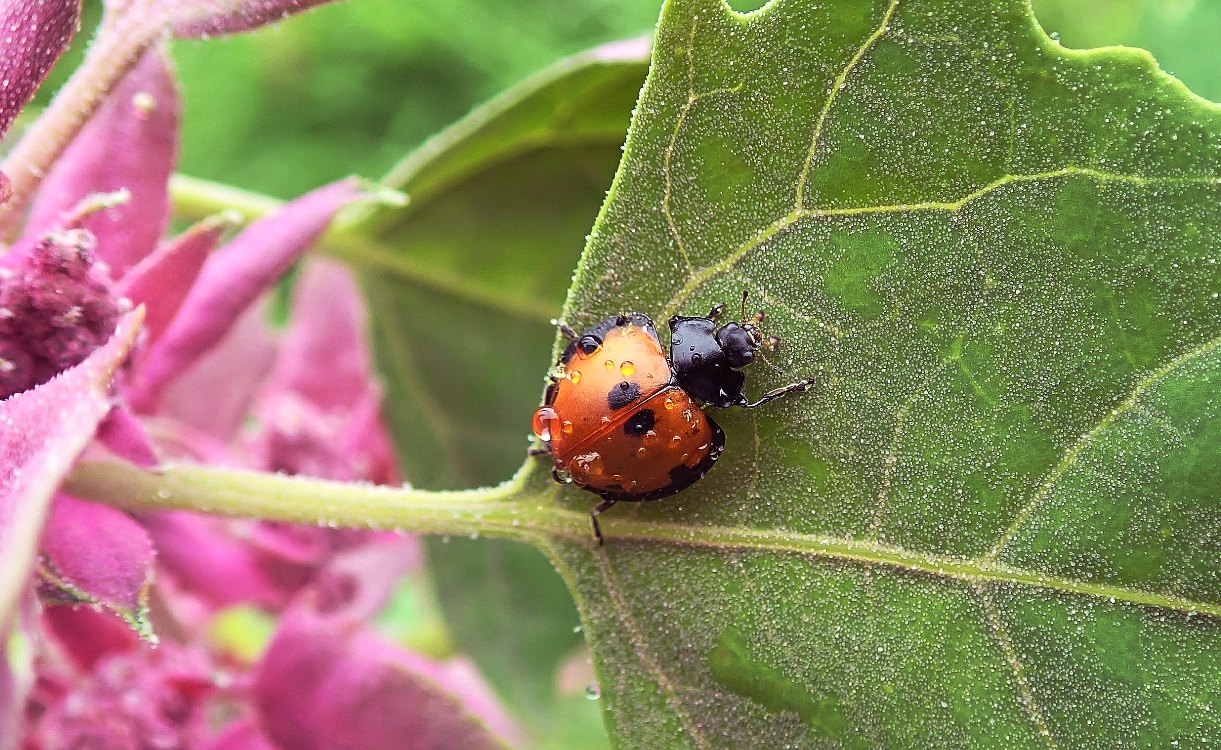Bogota, Capital District. July 16, 2024. In a monographic work, the Chilean specialist in ladybugs' taxonomy, Guillermo González, member of the Chilean Society of Entomology, in collaboration with the entomologists Takumasa Kondo, Senior Ph.D. Researcher of AGROSAVIA and Héctor Jaime Gasca Álvarez, Ph.D., Professor at Universidad Pedagógica y Tecnológica de Colombia (UPTC) and his students, published in the prestigious taxonomy journal Zootaxa a list of 404 species of ladybugs for Colombia in an extensive publication entitled "Coccinellidae (Coleoptera: Coccinelloidea) from Colombia: A systematic and illustrated list."
The researchers present a synopsis of the coccinellids or ladybugs of Colombia, i.e., those beetles belonging to the Coccinellidae family, including a list of the species present in the country compiled from data published in scientific literature, national and foreign collections, as well as information obtained from citizen science. This publication lists 404 species distributed in 81 genera, 21 tribes, and two subfamilies, including 395 species of native ladybugs (among them 201 species considered endemic) and nine introduced. These results position Colombia in third place in species richness in South America, after Brazil with 777 species and Peru with 415 species. This work is not merely a simple list since it contains taxonomic information, biology, uses in biological control, and geographical distribution for each species.
This work includes images of its habitus, live specimens in the field, and distribution maps for Colombia and the Americas. The authors contribute to the knowledge of the diversity of these insects not only for Colombia but also for other countries in Central and South America, recording species for the first time for different countries: Colombia (20 species), Ecuador (9 species), Peru (5 species), Venezuela (5 species), French Guiana (3 species), Brazil (2 species), Argentina (1 species), Cuba (1 species), Paraguay (1 species), and Puerto Rico (1 species). This work also includes a comparison of the diversity, endemism, and geographical distribution of the coccinellid fauna of Colombia with that of other South American countries.
Most ladybug species are predatory, feeding primarily on aphids, scales, mealybugs, whiteflies, psyllids, and other soft-bodied insects such as mites, thrips, and moth eggs. Some species of coccinellids have switched to a phytophagous diet, and some are considered crop pests, while others are mycophagous and feed on fungi. The life cycle of coccinellids is characterized by a long adult life, which in some cases extends up to a year after a brief larval development of no more than a month. The larvae are very voracious and usually follow the same type of diet as the adults. Their life cycle is variable; some species have one generation per year, while others have multiple generations.
In addition to contributing to the knowledge of the biodiversity of coccinellids in Colombia, this study also provides valuable information on the biological control of pests. This work, published a few months before the United Nations Biodiversity Conference (COP16) that will take place from October 21 to November 1, 2024, in the city of Cali, Colombia, is a valuable contribution to understanding the biodiversity of Colombia and the Americas, and the importance of protecting the biodiversity of the planet.
Check the article here.
- More information here:
- Ivan David Alba Hidalgo
- Communications, Identity and Corporate Relations Professional
- Headquarters
- Communications, Identity and Corporate Relations Advisory Office
- ialba@agrosavia.co
- AGROSAVIA





